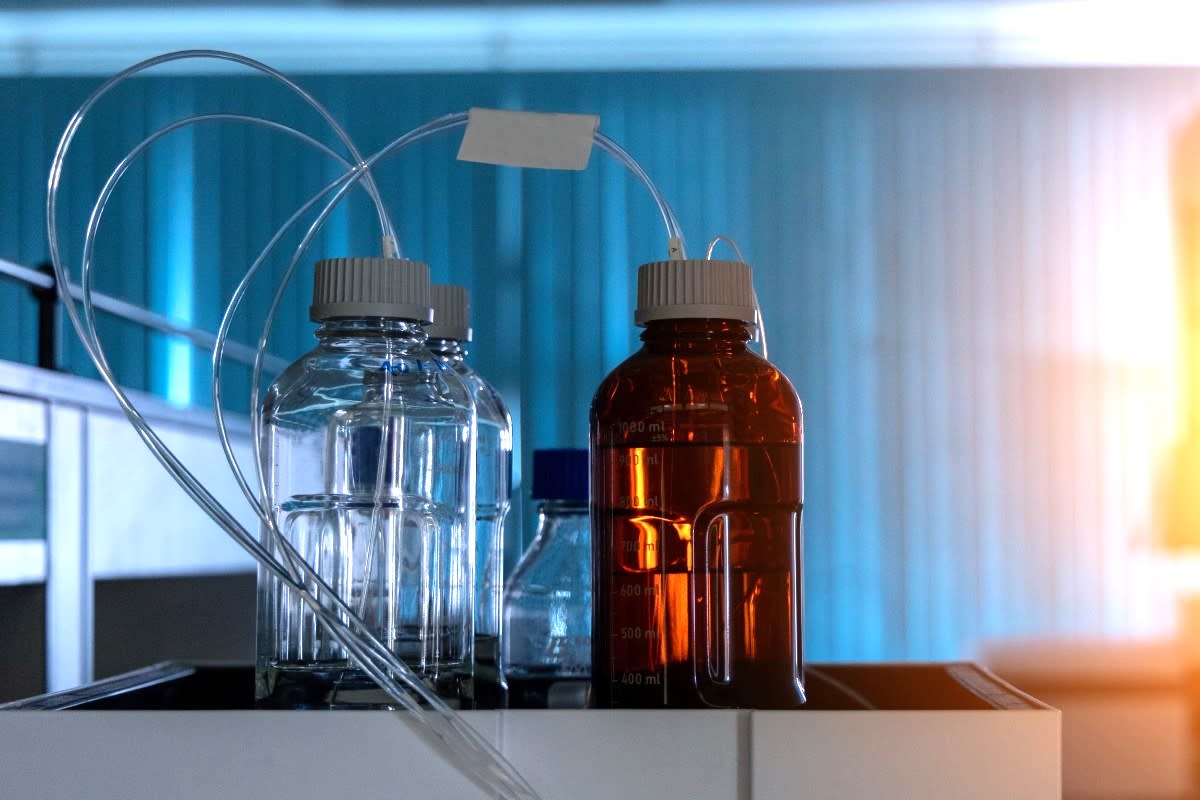What is LC-MS?
LC-MS stands for liquid chromatography-mass spectrometry. Also called hplc ms analysis, LC-MS is a robust analytical technique providing high specificity and sensitivity. The LC component separates analytes from the sample, while the MS unit identifies and detects the target analytes. Hence, LC-MS testing has numerous applications in biomedical sciences, including food industries, forensic sciences, agrochemical research, drug testing, and toxicology studies in drug development. The current article discusses the working principles of LC-MS testing.
Principle of LC-MS analysis
The liquid chromatography part separates the mixture through the chromatographic column. However, the LC unit cannot identify individual elements on its own. The MS unit helps identify unknown components based on their mass-to-charge ratio. LC-MS systems require an interface to connect the LC and MS units. Let us assess LC and MS systems individually.
Liquid chromatography is a high-performance technique that separates analytes using a liquid mobile phase and a solid stationary phase. Liquid chromatography can separate a broad spectrum of complex mixtures by combining different columns. The primary components of liquid chromatography include a pump, sample injector, columns, detector, and recorder. Besides, there are multiple types of chromatography, including reverse phase chromatography, chiral separation, affinity liquid chromatography, ion-exchange liquid chromatography, and normal phase liquid chromatography.
The MS unit detects and identifies analytes based on their mass-to-charge ratio. MS detection provides crucial data about the elemental composition and molecular mass of the target analyte and also elucidates an in-depth structural characteristic. Besides, the MS unit involves two key elements, ionization source with interfaces, and mass analyzers. Let us understand each of these components in detail.
The liquid chromatography component separates compounds in a liquid mixture. This liquid form usually contains acetonitrile, methanol, and water. Once this liquid mixture is separated, it is passed on to the ion source. However, the ion source in the mass spectrometer works in a high vacuum. Hence, it is difficult to vaporize the mixture without losing the components, due to pressure differences. An interface resolves this issue. LC-MS analysis employs different types of interfaces, including direct liquid introduction, atmospheric pressure ionization, electrospray ionization, atmospheric pressure chemical ionization, thermospray, plasma spray ionization, atmospheric pressure photoionization, particle beam ionization, and continuous flow fast atom bombardment. Out of these interface types, atmospheric pressure ionization is the most common type of interface used in LC-MS analysis.
Once the ions are ionized, they are transferred to the mass analyzer. This analyzer separates the ions based on their mass-to-charge ratio. The type of mass analyzer depends on the time, rate, speed, and reaction. Common types of mass analyzers are quadrupole, time of flight, ion trap, and Fourier transform ion cyclotron resonance.
The final piece is the detector unit. Mass spectrometer detectors are one of the most crucial components producing a proportional current to the number of ions. Once the ions pass through an analyzer and enter the detector, it transforms ions into a signal. Point ion collector and array detectors are the most commonly used MS detectors.
Must Read: Inside the PK Lab: Where Groundbreaking Discoveries in Drug Research Happen!






